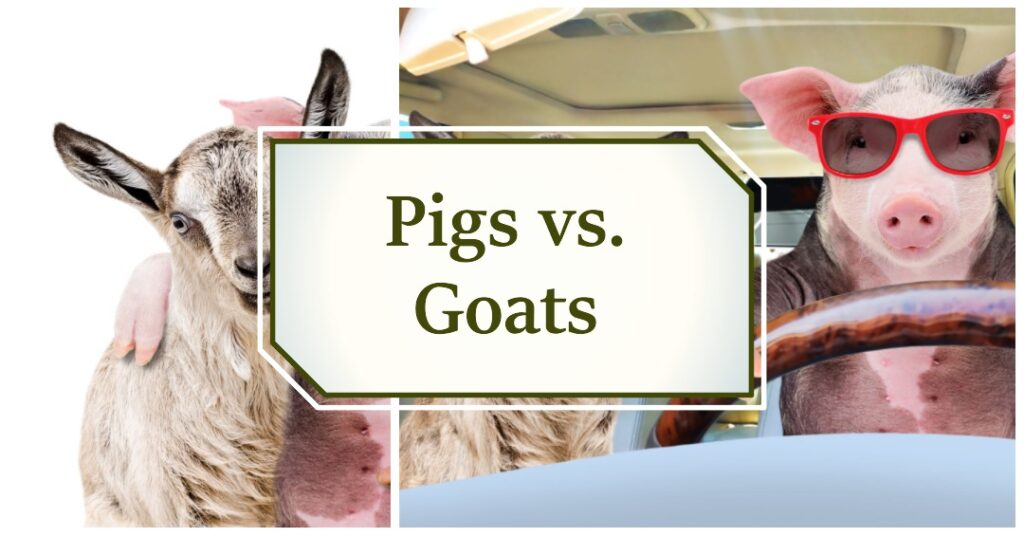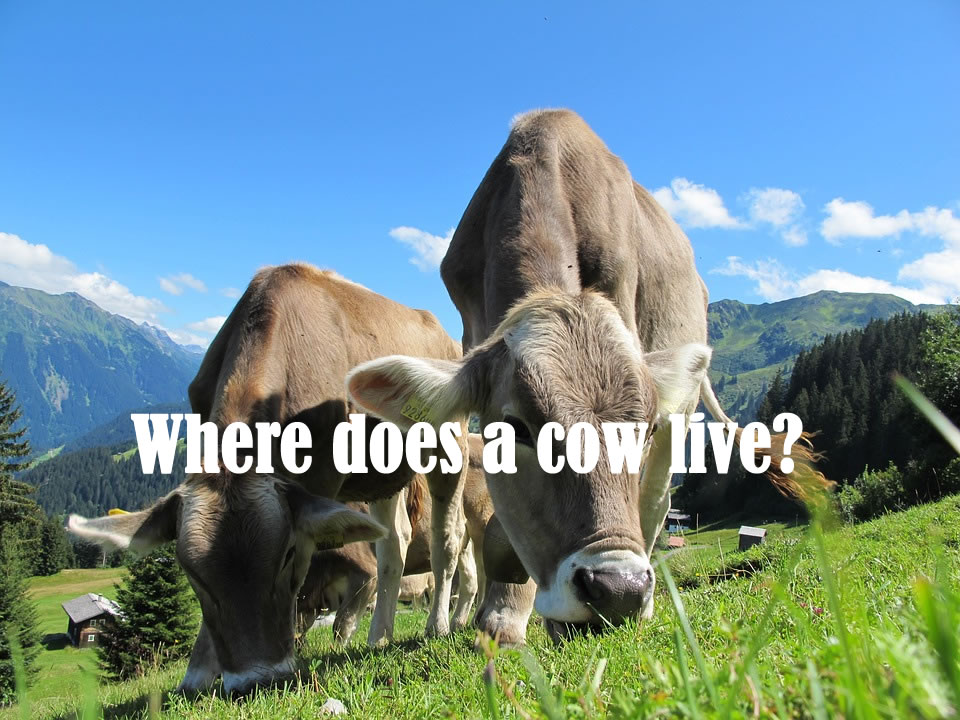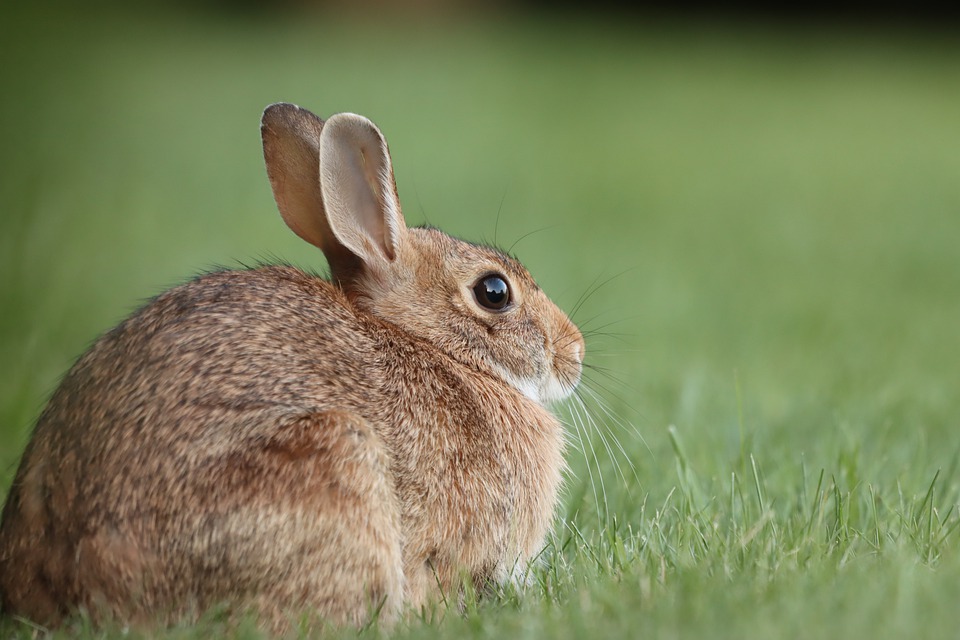I’ve always loved the idea of living off the land. When I finally decided to dive into homesteading, the first big question that came to mind was: pigs or goats? Each offers a unique contribution to a homestead, but their needs, habits, and impacts on my lifestyle couldn’t be more different.
Pigs: The Pros and Cons
My first foray into homesteading began with pigs. I was drawn to them primarily for their potential as a meat source. With their knack for rapid growth, pigs can provide an impressive amount of pork in a relatively short time. Plus, if you’ve ever had home-raised bacon, you’ll know it’s a culinary experience unlike any other.
However, pigs require a good deal of attention and resources. They need a sturdy fence, not just to keep them in but to keep predators out. I learned this the hard way when a clever fox entered the pigpen. Let’s just say the encounter did not end well for one of the pigs.
Pigs also need a wallow, a muddy area to cool off, which can be challenging to manage, especially in dry seasons. One of my more humorous memories involves a pig named Bessie, who decided that the kiddie pool I had set up for my kids was her personal wallow. The kids were not amused, but Bessie was as happy as a pig in… well, you know.
Goats: The Pros and Cons
After my experience with pigs, I decided to try my hand at raising goats. Goats are not as straightforward a meat source as pigs, but they do offer dairy, and there’s nothing quite like fresh goat cheese on a summer salad.
Goats require less feed than pigs, but they are much more agile and require a high fence to prevent them from escaping. I still chuckle when I remember the time our goat Daisy made her way onto the roof of our shed. My wife found her casually munching on some leaves, completely oblivious to our shocked faces below.
Unlike pigs, goats are browsers, not rooters. This means they are great for keeping your landscape tidy, eating brush, and weeds that other animals might ignore. However, they also have a tendency to eat things you might not want them to. My poor rose bushes can attest to this.
One thing I love about goats is their social nature. They are fun, interactive pets in addition to being productive homestead animals. There’s nothing quite like coming home from a hard day’s work to be greeted by a capering group of goats.
Conclusion: It’s About Balance
So, which is better for homesteading, pigs or goats? The answer, I’ve found, is both. Pigs and goats each have their own unique strengths and challenges. For me, it was about finding the balance that worked for my homestead and my family.
Pigs provide a great source of meat and can efficiently turn kitchen scraps into valuable pork, but they require sturdy fencing and plenty of care. On the other hand, goats offer dairy and landscape maintenance but come with their own challenges, including their knack for escaping and their indiscriminate appetites.
Ultimately, homesteading is about learning, growing, and sometimes, laughing at the unexpected surprises that pigs and goats can bring to your life.





